Like any other appliance, the condensate pump components can fail from time to time, causing it to malfunction. Are you wondering why your condensate pump keeps running? We inquired from the experts, and this is what they had to say.
If your condensate pump runs continuously, these are the potential causes:
- The condensate pump float is stuck
- The check valve is clogged or faulty
- The drain line is blocked
- The unit is undersized
Delve in to learn why your condensate pump may run constantly and how you can correct this. We will also discuss condensate pump maintenance and look at whether all AC units have a condensate pump. Let's jump right in!
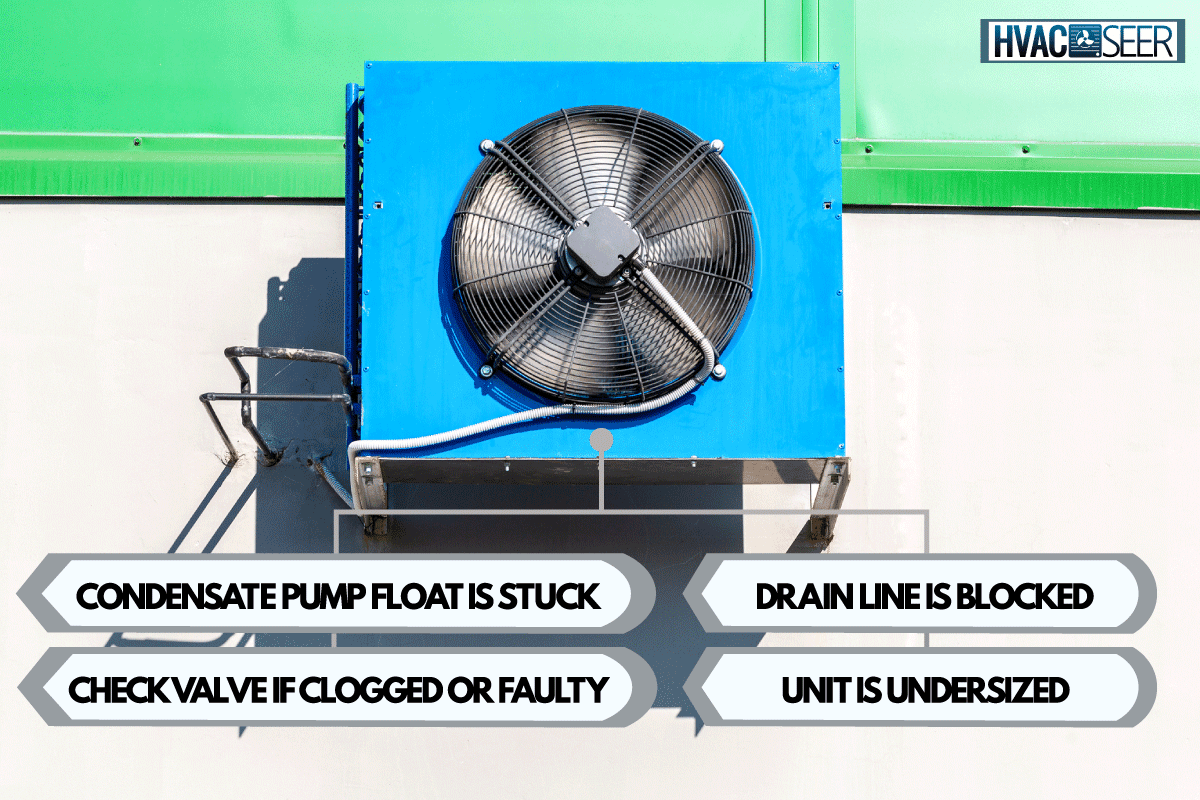
Why Does My Condensate Pump Run Continuously?
A condensate pump has a reservoir where the moisture extracted from the indoor air during the cooling process accumulates. The pump is designed to run only when the condensate collected reaches a pre-determined level.
The frequency of the condensate pump running will depend on the environment in which it is installed. If the air is very humid, the pump could run several times a day. In contrast, if the relative humidity in the air is low, the pump may run a few times each week.
When the pump is functioning optimally, it runs intermittently rather than continuously. The pump can blow the motor or cause water damage in your home if it runs ceaselessly. You should check the following when you notice that the pump runs all the time.
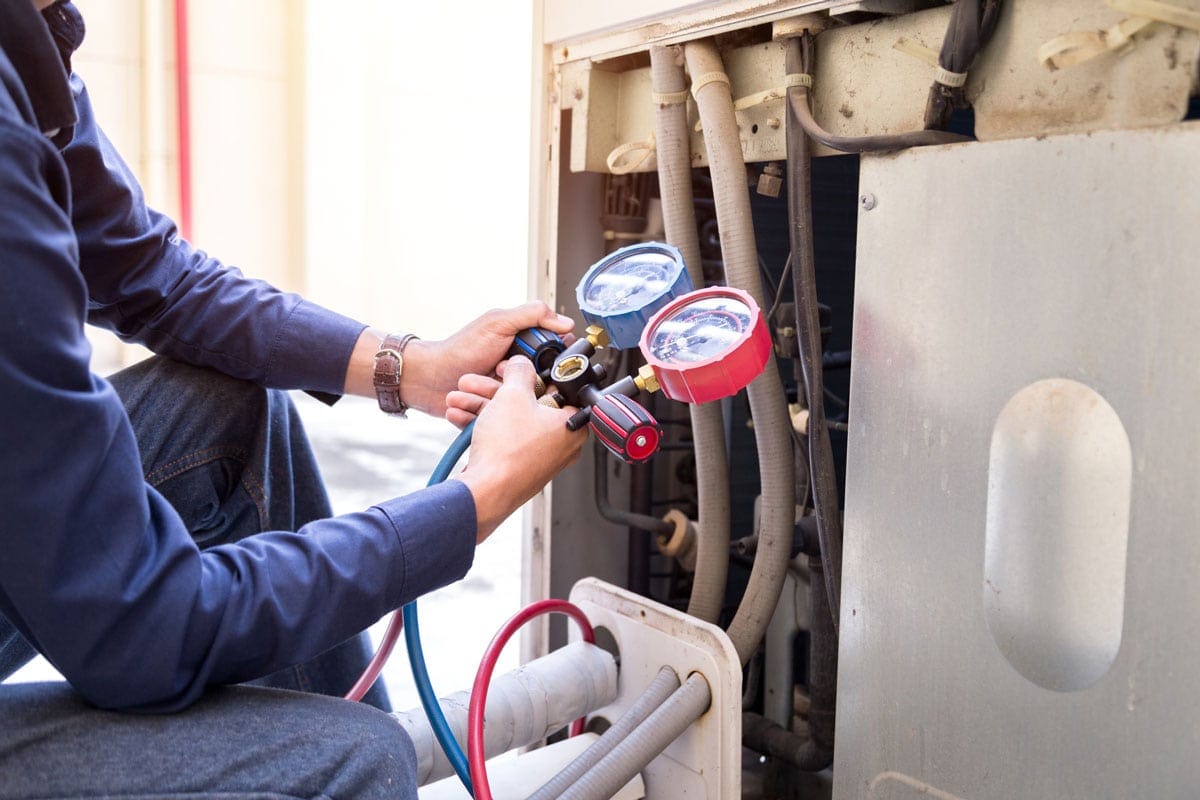
The Condensate Pump Float Is Stuck
The condensate pump has a float that rises as moisture collects in the reservoir. When the float rises to a pre-determined level, it engages a switch that activates drainage from the tank. The intermittent pump cycles depend on the moisture collected reaching a set level.
The condensate pump may run continuously if the float gets stuck and fails to slide back to its original position.
The Check Valve is Clogged or Faulty
The check valve ensures a uni-directional condensate flow from the pump to the drain line. It prevents the pump from short cycling by keeping water, in the discharge line, from draining back into the reservoir. Therefore, it contributes to extending the motor's life cycle.
Dirt can clog the check valve, thus preventing it from closing when it should. If the check valve fails to close, water flows back to the pump, causing it to run ceaselessly.
The Drain Line is Blocked
The drain line discharges the condensate to a floor drain or outside. But the wet and enclosed environment within the drain line favors mold growth. Furthermore, dirt and debris can also get stuck. If the drain line has a clog, the pump does not eliminate the collected water, making it cycle repeatedly.
If the pump lacks a switch that can shut off the pump or activate an alarm if the condensate does not drain, you can experience extensive water damage in your home from leaks.
Undersize Unit
If the condensate pump is too small for your HVAC unit, it may run continuously as it tries to get rid of the moisture generated. The pump can also fail to drain the water fast enough if the drain line's height is too high, causing it to run without stopping.
When the unit is undersized, it breaks down repeatedly since it is overworked, lowering its expected useful life. In addition, it can contribute to an uncomfortable environment in the home when the AC fails to run. If the condensate pump has a safety switch, it may shut down the AC when its tank is full.
How Do You Maintain a Condensate Pump?
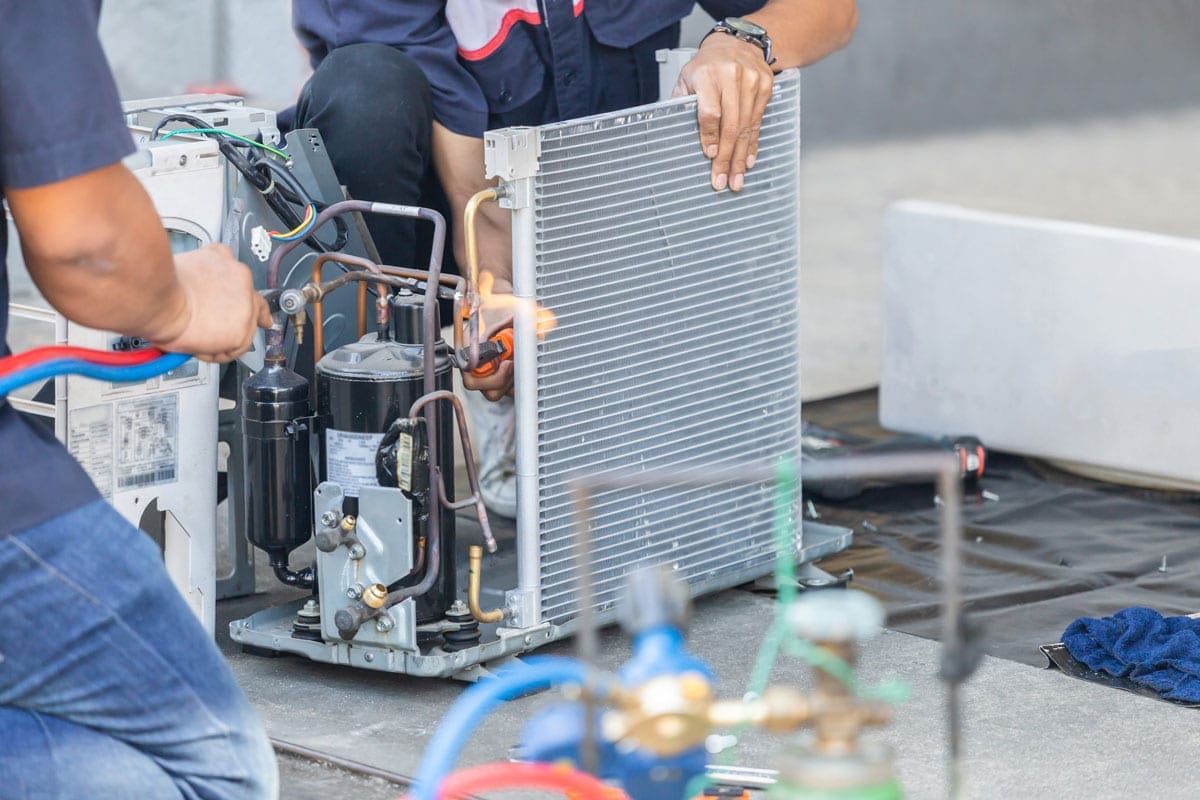
Proper installation and regular condensate pump maintenance prevent its premature breakdown. It also protects your home from costly water damage that would arise if the pump's reservoir overflows.
Ensure that you disconnect the condensate pump from the power source before cleaning or inspecting it to avoid electrocution. Additionally, ensure that your hands are dry and that the area surrounding your pump is free of any standing water.
If you are not comfortable maintaining the pump yourself, you can outsource services from a certified HVAC professional.
Clean the Float Assembly
Locate the float assembly inside the condensate pump and clean it. Mix a mild dishwasher with water and use a soft brush to scrub the float. Take care not to wet the pump motor. Also, ensure that you do not dislodge the pin that holds the float in place while cleaning.
Clean or Replace a Faulty Check Valve
Test whether the check valve is defective by disconnecting the drain line and observing the strength of the water stream when the pump is running. It would be best to do this outside to avoid causing water damage inside the house.
Before unmounting the condensate pump, inspect the area around for leaks. Water leaks can foster mildew growth resulting in increased allergic reactions in your home. Additionally, the air around the condensate pump becomes musty.
If you observe that the water stream is weak, say a trickle, the check valve is either dirty or defective. Use a small wrench to detach the check valve from the pump.
Use warm soapy water to clean the check valve. You can also blow air through it to get rid of dirt and debris. If water dribbles rather than gushes out, the check valve may be defective, thus requiring replacement. The check valve below is ideal for Little Giant condensate removal pumps.
See this check valve on Amazon.
Inspect the Drain Line
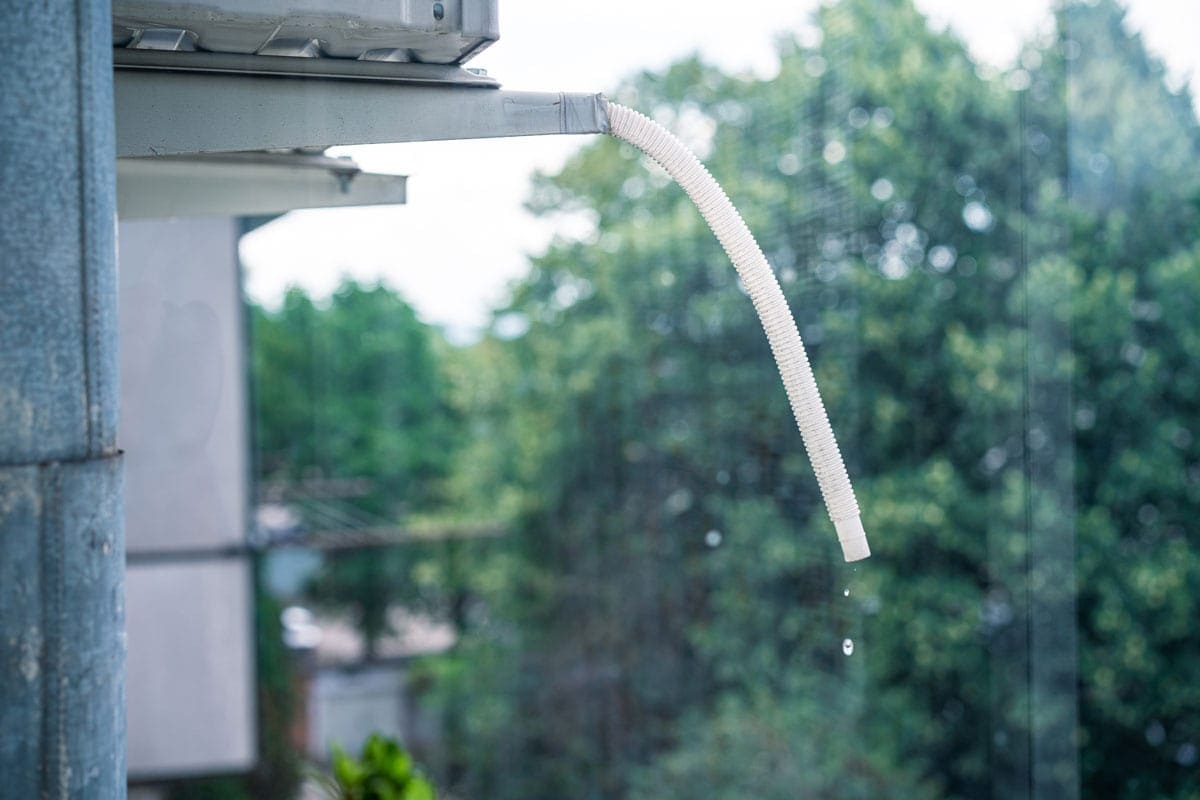
Apply a little pressure to disconnect the drain line from the pump. Begin by removing the hose clamp if it has one. Empty any water in the discharge line in the reservoir or a bucket.
Check for blockages by blowing on the discharge line. If you cannot blow easily through the drain line, then there are clogs along the line.
You can also pour water into the condensate pump and check whether the water comes out from the end of the drain line. Take care not to add too much water as this would damage the motor.
Use a torch to locate the clogs along the discharge line. You can use a stiff, thin brush to clear any clogs near the end of the drain line. If the blockage is further up, secure a wet/dry vacuum to the end of the drain line and suction out the clog.
Flush the condensate line with white vinegar to clean it. Vinegar is gentle on the tubing, and it kills the molds, bacteria, and algae growing inside the tubing. You can then add water to the condensate pump and run it to test whether the drain line is functioning as expected.
Correctly Size the Condensate Pump
Ensure that you install a condensate pump with enough capacity to support your AC system. Your AC's service manual can help you establish its condensate output.
Check how much water the pump can move at a given lift. The higher the distance the condensate must travel, the lower the flow. It eventually reaches a shut-off limit where no flow is expected.
Most pumps are designed to pump 15 to 20 feet high. Therefore, ensure that it pumps sufficient gallons per hour to keep it from running continuously.
Do All AC Units Have a Condensate Pump?

Not all AC units have condensate pumps. These pumps are often installed where the condensate cannot naturally drain from the AC. For this reason, they are often installed in apartments or offices in story buildings.
It is advisable to check whether installing the pump is subject to local condensate handling and disposal guidelines. Abiding by these regulations keeps you and your loved ones safe and keeps you from trouble with the local authorities.
For condensate pumps used with furnaces, the water collected can be very hot. It can also contain acids and other contaminants. Thus, the condensate should be handled carefully and disposed of correctly, following the local regulations.
You should also ensure that your pump outlets support the pump's voltage requirements. Generally, the pumps will require 115V or 230V to operate. However, you may need 460V if you have a commercial unit.
Closing Remarks
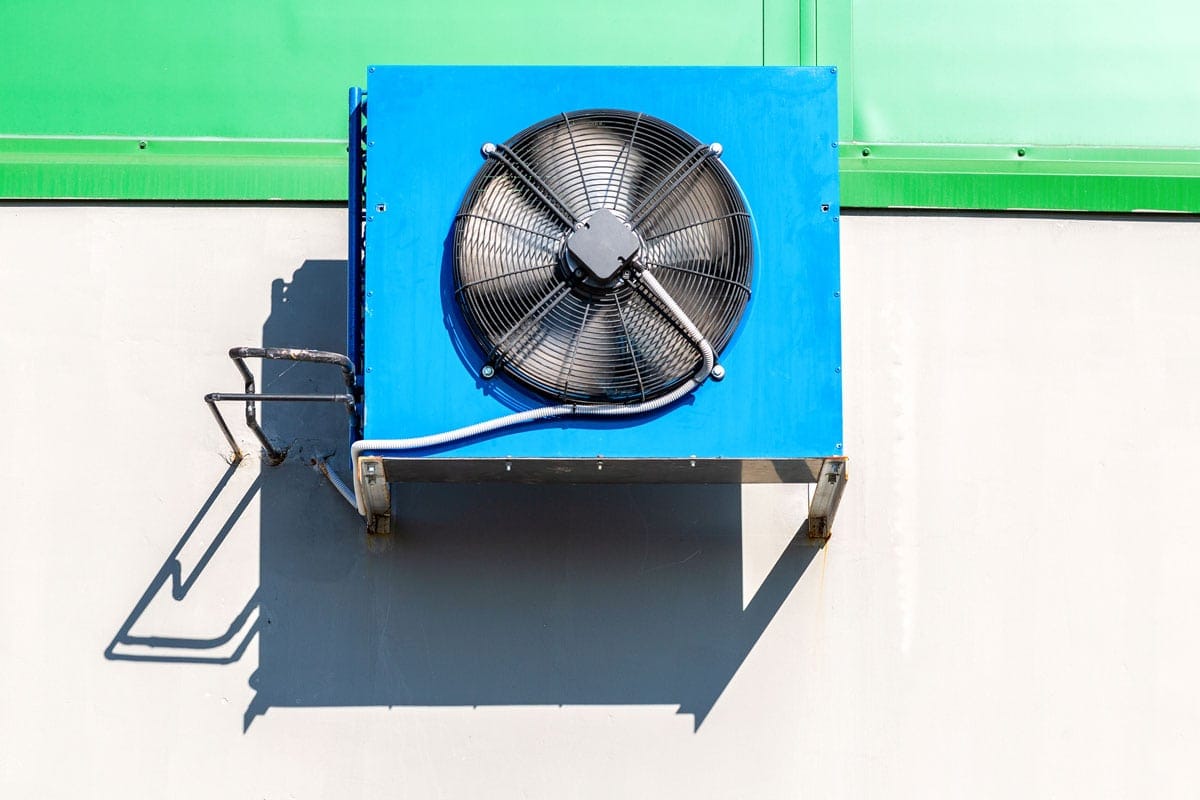
If you notice that the condensate pump keeps running, take measures to resolve this to protect your motor from wearing out. Annual pump servicing can also help the appliance provide trouble-free service throughout its expected useful service.
Take care not to handle the condensate pump while your hands are wet or when standing in water. Additionally, shield the pump from freezing temperatures to keep it in an optimal working state.
You may be curious about these topics:

